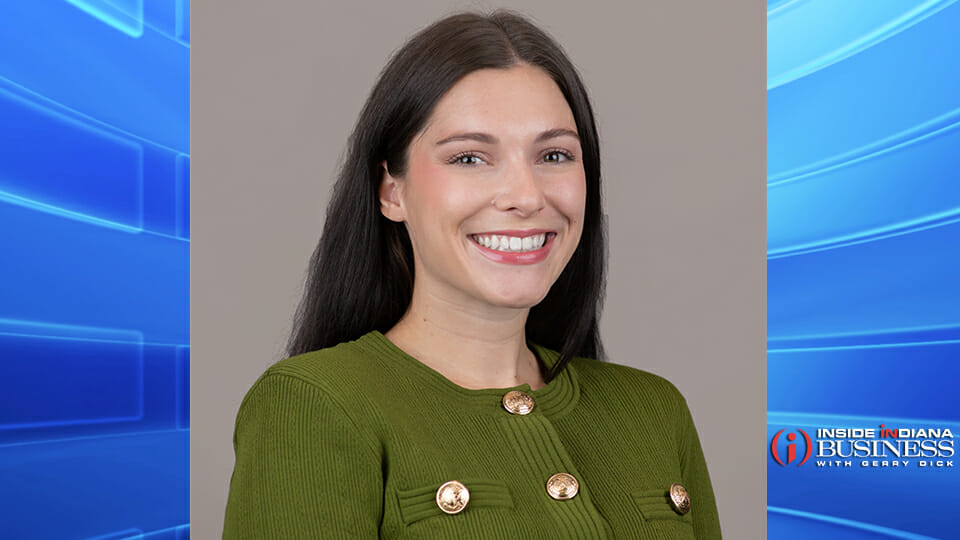Tax planning for the soon-to-be retiree
Subscriber Benefit
As a subscriber you can listen to articles at work, in the car, or while you work out. Subscribe Now
Retirement can be a daunting topic—the idea of not receiving a paycheck anymore and starting to spend down your life savings can cause fear and anxiety. However, what if I told you that not receiving a steady paycheck is the best thing to happen to your tax planning options?
The Right Candidate
Individuals approaching retirement with the most tax flexibility carry a few common traits. First and foremost, they have a low tax base. This means that once they retire, they may have little to no income coming in. In most cases, they have not started Social Security and are not at the age where Required Minimum Distributions (RMDs) begin.
Another key trait that opens the doors to optimal tax planning is a tax-diverse portfolio. This means the individual or couple has a mix of pre-tax accounts like a 401k or IRA, in addition to either a brokerage account, employer stock, or substantial cash savings. Rounding out the tax diversification might be a Roth IRA or after-tax assets. Having a variety of buckets to draw from in retirement allows for options when it comes to tax bracket management.
Roth Conversions at Low Rates
Retirees with a low tax base and substantial 401k or IRA assets may be in a prime position for Roth conversions. This involves moving funds from a traditional IRA into a Roth IRA. Although this movement, known as a conversion, triggers ordinary income tax on the amount converted, it may be advantageous for retirees to pay tax on that income now, at a lower rate, than when RMDs begin.
Whether through gradual conversions over several years or targeted conversions to fill specific tax brackets, advisors help clients navigate the complexities of tax planning with confidence and clarity. In order to identify an optimal conversion amount, one must take into consideration potential investment income, the impact on Medicare premiums, and other factors impacting a client’s unique circumstances. Finally, an advisor can help select which IRA holdings to convert. It’s common to convert an investment with high growth potential so that it benefits from the tax-free structure of Roth IRAs.
Tax-Free Capital Gains
As employees transition into retirees, their investment portfolios often reflect years of diligent saving and prudent asset allocation. Realizing long-term capital gains in the 0% bracket (yes, for free!) emerges as a unique strategy for unlocking accumulated wealth while minimizing tax liabilities. This strategy works best for someone with a low tax base and appreciated taxable assets, such as a brokerage account or concentrated stock positions.
For retirees in this situation, selling investments such as stocks or mutual funds can generate income or free-up cash for reinvestment and diversification without triggering tax, as long as their total taxable income remains within the 0% capital gains tax bracket. This strategy can also be deployed in coordination with substantial charitable gifting or medical expenses, leading to a larger-than-usual itemized deduction. The itemized deduction reduces income and potentially opens the door to the 0% bracket. It’s essential to have a mastery of income tax when considering this strategy.
Distribute from Pre-Tax Accounts in Low Brackets
Finally, retirees with a low tax base may consider tapping their IRA before reaching the age when RMDs begin. Similar to Roth conversions, this strategy allows a retiree to take advantage of low ordinary income tax brackets. Some experts recommend filling up the 12% bracket every year if you have the choice.
The next bracket is the 22%, a 10% jump. If the withdrawn funds are not needed for retirement spending, they can be reinvested in a brokerage account, subject to more favorable tax rates. By distributing funds early, retirees may reduce the amount they will be forced to take out of the IRA when RMDs start.
Conclusion
Retirees can maximize their retirement wealth by implementing tax-efficient strategies such as Roth conversions, realizing gains in the 0% bracket, and withdrawing pre-tax funds in the 10 and 12% brackets. It’s essential to have a tax or financial professional to help coordinate and deploy any of these tax planning strategies.
Kate Arndt, CFP, is a Financial Planner with Bedel Financial Consulting Inc., a wealth management firm located in Indianapolis. For more information, visit their website at www.bedelfinancial.com or email Abby at KArndt@bedelfinancial.com.

